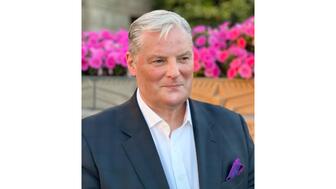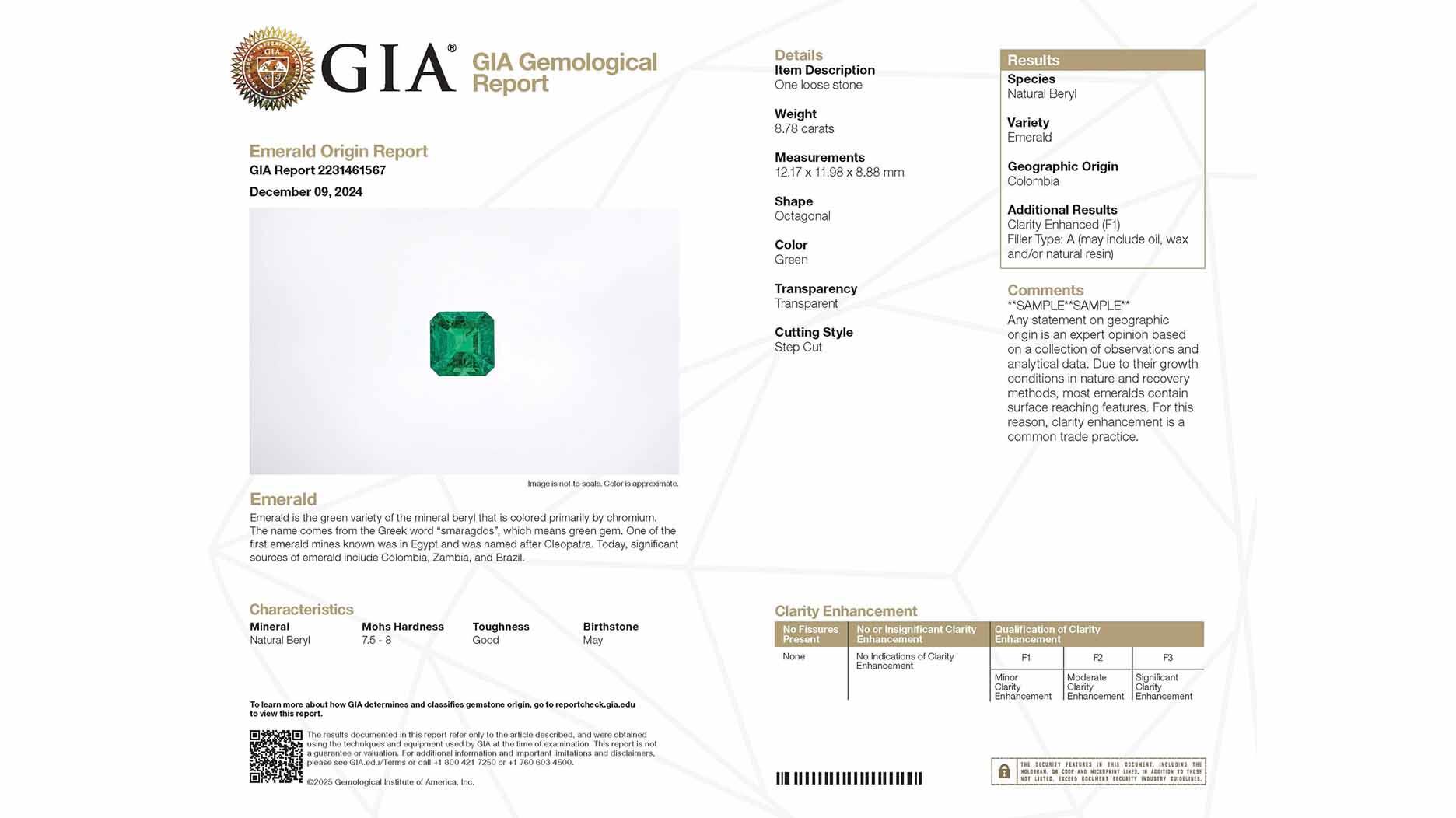In its annual report, Pinterest noted an increase in searches for brooches, heirloom jewelry, and ‘80s luxury.
A Diamond ETF is the Way to Reinvigorate Natural Diamond Sales
The jewelry industry faces challenges from lab-grown diamonds. A diamond ETF can restore natural diamonds' value and drive investor demand.

Brought To You By Diamond Standard
To turn around consumer demand for natural diamonds, ask your vendors to support a diamond ETF with excess inventory.
The fine jewelry community is facing a critical challenge. The spread of cheap lab-grown diamonds is undermining the value and reputation of natural diamonds, confusing consumers who mistakenly assume that lab-grown diamonds are equivalent—just cheaper, and perhaps more ethical. The truth is that lab-grown is not luxury. They are infinite in quantity and lack economic substance. Lab-grown diamonds mimic a precious natural resource and destroy its prestige—and will do the same to your business. The deception threatens millions of jobs and the value of every natural diamond already owned by consumers.
To support jewelry retailers and consumers, mines and vendors must urgently collaborate to differentiate natural diamonds from lab-grown, to restore their value and regenerate demand. Many propose to increase natural diamond advertising, without identifying a source of funding. But category marketing could easily backfire in this new age of social media backlash.

There is a clear path forward: a diamond exchange traded fund (ETF) will establish natural diamonds as an investment grade asset. Only real facts, as opposed to manipulative marketing, can rebuild consumer confidence and support a long term interest in diamonds. Just as gold and silver ETFs increased investor participation and supported the value of those metals, a diamond ETF will have a similar effect, benefiting retailers and the industry.
Diamond Standard has approval to file a diamond ETF, as reported in the WSJ. Only one ingredient is needed—the initial assets to meet listing requirements. To raise the assets, Diamond Standard is purchasing excess inventory from manufacturers, mines and dealers, paying with ETF shares that they can later sell when prices improve.
Driving Retail Revenue
A diamond ETF will provide retailers with a powerful unique selling proposition— natural diamonds are a suitable investment, whether in a listed fund or in jewelry. Only natural diamonds have long-term value and are likely to appreciate. Consistently rising prices will incentivize sales and benefit all.
Retailers: Take Action Today
Jewelry retailers play a vital role in making this happen. I encourage you to contact your largest diamond vendors and urge them to support the ETF by investing excess inventory. Their participation will stabilize the market by reducing inventory levels, and benefit retailers by reinvigorating natural diamond jewelry as a desirable luxury good, and inherently valuable asset.
Together, we can protect and strengthen the future of natural diamonds. Thousands of investors, family offices and funds own Diamond Standard commodities, which are approved for CFTC regulated futures and now an ETF. See Wall Street Journal (2) (3), Financial Times, CNBC, Bloomberg (2) (3), Forbes and more.
To learn more about Diamond Standard, please visit https://diamondstandard.co
To learn more about (or sell to) the ETF, please visit https://diamondstandard.co/ETF
The Latest

The 111-year-old retailer celebrated the opening of its new location in Salem, New Hampshire, which is its third store in the state.

The new catalog features its most popular chains as well as new styles.

How Jewelers of America’s 20 Under 40 are leading to ensure a brighter future for the jewelry industry.

The filmmaker’s personal F.P. Journe “FFC” prototype was the star of Phillips’ recent record-setting watch auction in New York.


The new location in the Design District pays homage to Miami’s Art Deco heritage and its connection to the ocean.

Inflations, tariffs, and politics—including the government shutdown—were among consumers’ top concerns last month.

Roseco’s 704-page catalog showcases new lab-grown diamonds, findings, tools & more—available in print or interactive digital editions.

“Longtime favorite” presenters, as well as first-time speakers, will lead talks and workshops at the annual event in Tucson next year.

Silas Smith of Meridian Metalworks won the challenge with his pendant that blends Australian and American landscapes.

The sale of the 31.68-carat, sunset-hued stone was part of Sotheby’s first series of events and auctions in Abu Dhabi.

Most customers who walk into your store this month have made up their minds. Your job is to validate their choice, Emmanuel Raheb writes.

The collection features characters and motifs from Ukrainian folklore, including an enchanted mirror and a magic egg.

MatrixGold 3.11, the newest version of the jewelry design program, offers more flexibility, precision, and creative control.

The pavilion will be part of the 2026 JA New York Spring show, scheduled for March 15 to 17.

Kadet, a 1994 National Jeweler Retailer Hall of Fame inductee, helped grow the family-owned retailer in the Chicago area and beyond.

Billed as the world’s smallest wearable, Lumia Health’s new smart earrings have a health tracker subtly embedded in the back.

Don’t let those with December birthdays feel blue. Help them celebrate their month with blue zircon, turquoise, and tanzanite.

The new pink sapphire version of the piece dances with its wearer in the brand’s “Icons After Dark” holiday campaign.

A choice that’s generated a lot of commentary, Pantone says “Cloud Dancer” marks a fresh start and encourages relaxation and creativity.

The manufacturer’s holiday campaign features a gift guide filled with trending designs and jewelry that can be personalized.

The man was charged with theft, accused of ingesting the necklace while in a jewelry store in Auckland, New Zealand.

The Florida independent expanded its store from 8,000 to 14,000 square feet, fulfilling the vision of its late co-founder, Jim Dunn.
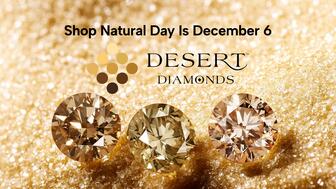
Sponsored by De Beers Group
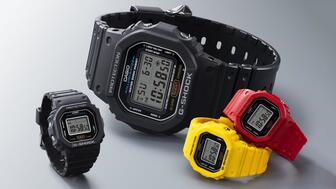
The classic 5600 series G-Shock has been scaled down to about a tenth of its size, becoming a fully functioning watch ring.

The association’s annual conference and gala will take place Feb. 4, 2026, during the Tucson gem shows.
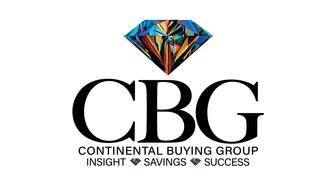
The January show will include a workshop for jewelry retailers on implementing AI to strengthen their businesses.





